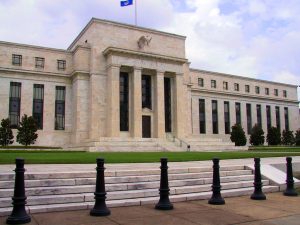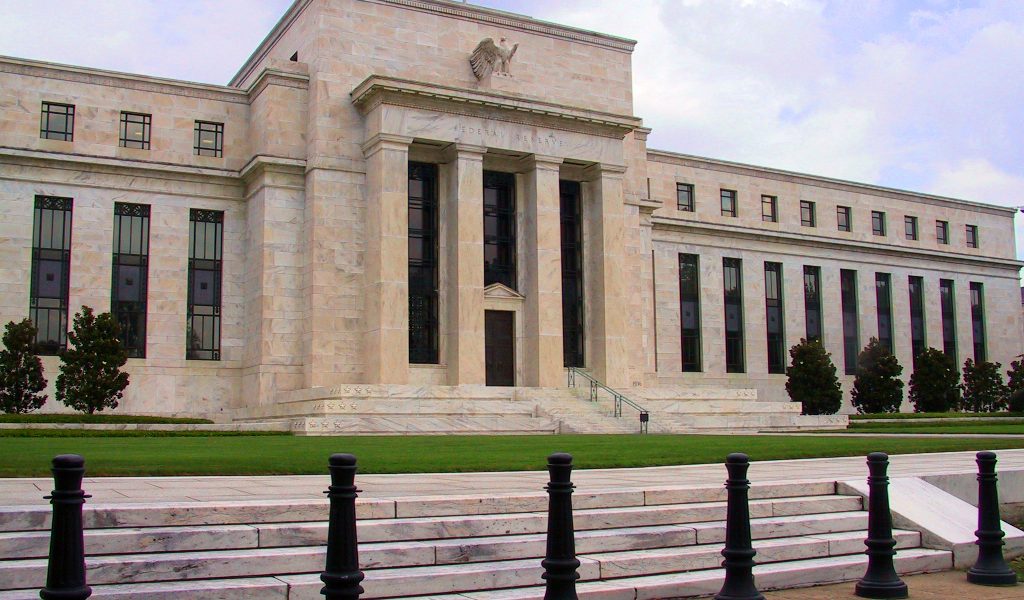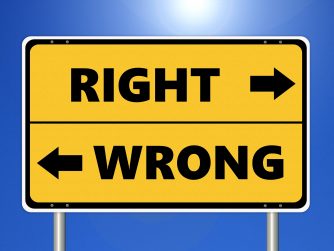
On Thursday, the Bureau of Labor released it’s jobs report for June, 2015. According to the report, the economy added 223,000 jobs, and the unemployment rate dropped to 5.3%. The problem with the jobs report is that, while the unemployment rate dropped, the reason it dropped is that people have stopped trying to find work. They have given up hope finding a job.
But the unemployment rate of 5.3% is an important number. The Federal Reserve, as recent as December 2014, stated that an unemployment rate between 5% and 5.2% is considered full employment. With June’s job numbers, we are reaching the upper threshold of full employment. [2]
This is significant. Why? “The Fed could try to push the unemployment rate lower, but in theory that would stoke inflation.” What can happen at full employment The Federal Reserve could raise the interest rate. With this, prices rise and lending rates rates for mortgages, auto loans and other borrowing increase. Who does this hurt the most? Those in the middle and lower socio-economic classes.
A second part of the report also provides the number of people who are not employed and no longer looking for work. The labor force participation rate is only 62.6% That means that only 62% of all people 16 years old and older are working. That’s the lowest since 1977. It also equates to 93,626,000. That’s roughly 1/3 of the entire population of the United States. [1]
Obviously, there is a major economic impact on the country when only 62% of the labor force is actually participating. But there is also a societal impact as well. Let’s look at a few of those.
- An expansion of the social safety net. Less people working means more people needing services such as food stamps, Medicaid/Medicare, subsidized child care, subsidized health care, etc. There should be an obvious concern because of the labor participation number. As fewer people work, there are fewer people to draw monies from through taxation to pay for those services. That means that to provide those services, taxes have to be increased, leaving less money out of a paycheck to buy goods and services which provide jobs, resulting in…well, you know. And, it also limits donations to charities which help people who need those services.
- The need for more immigrants. The lower participation rate limits the ability of employers to find quality people to hire, limiting expansion and job creation. Helping companies find qualified employees will require either a resetting of our immigration policy, or outsourcing more jobs overseas.
- Increased government intervention in our lives. The expansion of the social safety net will lead to greater involvement by government officials. My wife and I are foster parents. If you ever want to see how the local, state, and federal government involve themselves in a person’s life, become a foster parent.
- Extended joblessness can be the start of generational poverty. Think about this: you’ve looked for months or even years trying to find a job, and haven’t been able to find one. It affects your mental health, your family, and your future. You lose hope. Why even try? That way of thinking can get passed down to your kids and it becomes an mindset. And it can get passed down to future generations.
Is there an answer? More jobs! How? In our current political climate I’m not sure it’s possible, but so much of our laws and policies have to be reviewed and restructured. Some days I think that we should just tear it all down and start over. It might actually be easier that way.
But I know this: The implications of this jobs report continues to concern me. It should concern all of us.
Q4U: How would you address the implications of June’s job report?
NOTES:
[1] http://www.nytimes.com/2015/07/03/upshot/the-new-jobs-numbers-are-weaker-than-they-look.html?abt=0002&abg=0 [2] http://blogs.wsj.com/economics/2015/03/18/the-fed-doesnt-think-the-u-s-economy-is-at-full-employment-after-all/



Buffi Arthur Young liked this on Facebook.